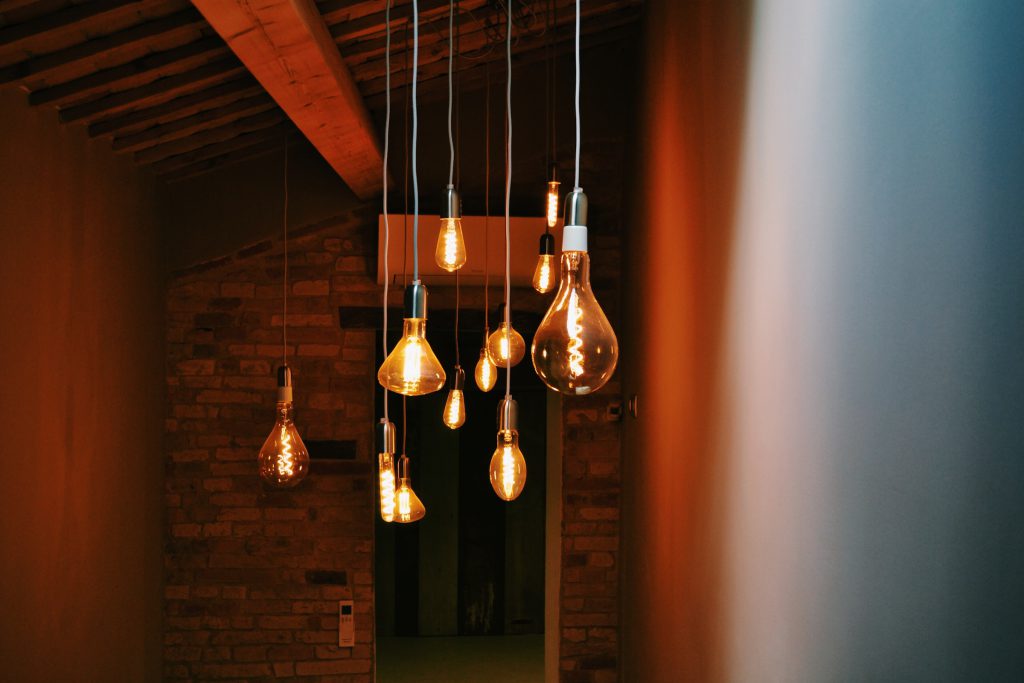The world of real estate and home interiors is no stranger to innovations. From smart homes to energy-efficient appliances, the quest for sustainability and efficiency is relentless. One such groundbreaking innovation, straight out of a sci-fi novel, is the development of a unique paint by South Korean researchers. But what’s so special about this paint, and could it truly revolutionize our homes?

Understanding Thermoelectric Paint
Named "thermoelectric paint," this innovative product has the potential to convert heat into electricity. But how does it achieve this seemingly magical feat? The secret lies in its composition. The paint contains particles of antimony and tellurium. When these particles come into contact with heat, they generate electricity.
The inspiration behind this invention is quite straightforward. During the summer months, walls, especially those directly exposed to sunlight, can become incredibly hot, sometimes reaching temperatures close to 50 degrees Celsius. Recognizing this untapped potential, researchers embarked on a journey to harness this heat and convert it into usable energy.
However, applying this paint isn’t as simple as dipping a brush and stroking it on the wall. Instead, it requires a thermal process, adding a layer of complexity to its application.
Current Stage and Potential
While the concept sounds promising, it’s essential to note that thermoelectric paint is still in its experimental phase. The energy production, as of now, is relatively low. However, the researchers behind this innovation remain optimistic. They’ve even introduced a flexible, portable thermoelectric module, as reported by Engie.
But, as with all innovations, there are skeptics. Some critics argue that this energy source’s primary production occurs during the sunniest and hottest months. This seasonal dependency could pose challenges, especially in regions where energy demands peak during colder months.
Comparing with Photovoltaic Panels
At a glance, thermoelectric paint might remind one of photovoltaic panels, which also have their peak energy production during sunny days. The primary concern with such energy sources is their reduced efficiency during winter, precisely when energy demands, especially heating, skyrocket.
However, it’s crucial to remember that innovations evolve. The first iterations of many groundbreaking inventions often come with limitations. With further research and development, the efficiency and applicability of thermoelectric paint could expand, making it a more consistent and reliable energy source throughout the year.
The Future of Home Energy
The real estate market, especially in progressive regions like Belgium, is always on the lookout for sustainable and efficient energy solutions. As urban areas grow and the demand for energy-efficient homes rises, innovations like thermoelectric paint could play a pivotal role in shaping the future.
Imagine a world where the walls of our homes not only provide shelter but also generate energy. Such a future could reduce our reliance on non-renewable energy sources, decrease energy bills, and contribute to a more sustainable and eco-friendly world.
Conclusion
While still in its infancy, the potential of thermoelectric paint is undeniable. As with all innovations, it will face challenges, skepticism, and hurdles. However, with continued research and a vision for a sustainable future, it could very well become a staple in modern homes, redefining the way we perceive walls and energy production.

 Open Immovlan
Open Immovlan